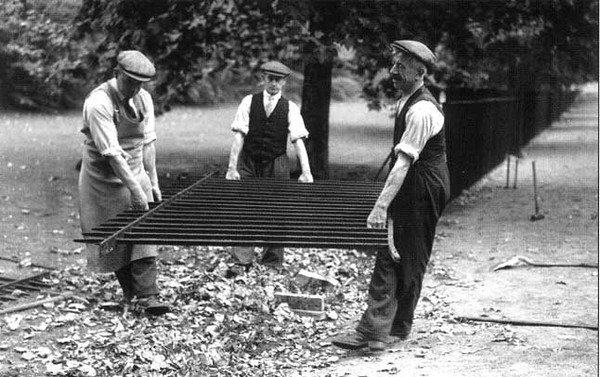The Forgotten Role of Railings: From Safety to Storytelling
Posted by Peter on Oct 3rd 2025
When people think about balconies, railings, and stairs, they usually focus on safety or style. But railings do much more than just prevent falls or match the paint color of a house. They can tell stories about architecture, culture, and even craftsmanship that often go unnoticed.
Railings as Cultural Signatures
Take a walk through an old European city, and you’ll notice that no two balconies are the same. Some carry swirling wrought-iron patterns from the Art Nouveau movement, others have strict geometric lines from Bauhaus influence. These designs weren’t just decorative — they reflected the cultural values of the time: fluidity, order, strength, or even rebellion.
Modern buildings, by contrast, often choose minimalism: glass panels, slim steel lines, and unobtrusive mounts. But behind that simplicity is a cultural statement too — one of transparency, openness, and lightness.
The Science Behind the Craft
Every railing is also an engineering problem disguised as art. The choice of material — steel, glass, aluminum, wood — changes not only the look but the performance:
-
Steel allows for slimmer profiles while maintaining strength.
-
Glass maximizes views but demands precise mounting systems.
-
Wood offers warmth but requires careful upkeep against weather.
The balance between aesthetics and structural safety is where true craftsmanship lies.
Storytelling in Modern Spaces
A homeowner today has the power to make their staircase or balcony railing more than a background detail. Imagine using a custom pattern that references local flora, or laser-cut steel panels that echo a family crest. These are subtle choices, but they turn a functional element into a conversation piece — something that says, this home has character.
Why This Matters
Balconies and railings are the threshold between inside and outside, safety and openness, private and public. They are more than barriers — they are storytellers. And when chosen with intention, they transform spaces into living reflections of identity and culture.
